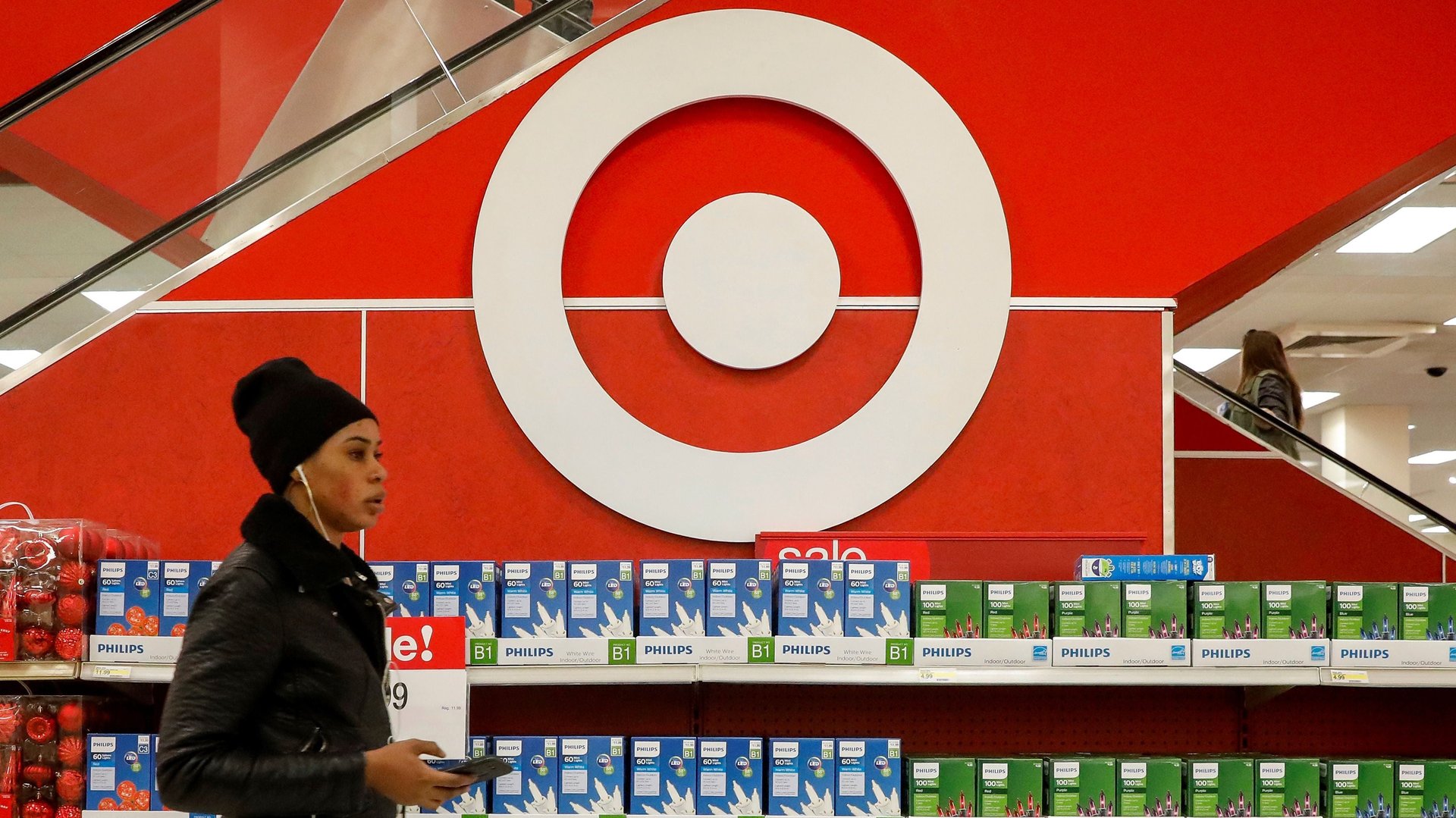People are going to Target in record numbers—but they aren’t buying enough
Target, the beloved, US brick-and-mortar discount store, just saw its best growth in store traffic in a decade. Yet the increase in visitors isn’t translating into higher profits.


Target, the beloved, US brick-and-mortar discount store, just saw its best growth in store traffic in a decade. Yet the increase in visitors isn’t translating into higher profits.
The company released lower-than-expected earnings today (May 23). They were up 9% relative to the same time last year, but still fell far short of what investors were anticipating. Store sales grew 3%, missing the 3.2% pace set the previous quarter. And the company thinks store sales will stay modest in the coming months.
Target has sunk plenty of money into trying to keep up with the changing retail landscape. In the first quarter of 2018, the company opened a number of small, tailored stores in and around cities and college campuses in an effort to reach young consumers. It also revamped 56 stores and launched 12 new, low-cost, exclusive-to-Target fashion brands, including a limited-time partnership with boot company Hunter. These moves are all part of a larger, $7-billion plan to remodel 600 stores and grow private-label brands by 2020.
Those investments have translated into higher sales in some categories. Sales of beer, boots, and groceries pushed up overall earnings for Target. Foot traffic was up 3.7%—the best showing in a decade.
“The consumer is very healthy, and they are spending more time shopping at Target,” said CEO Brian Cornell. “Traffic is such an important measure. It shows that the guests are voting with their wallet.”
But Target’s higher-than-usual spending may be squeezing its profits. Profit margin is down from a year ago (paywall), while operating income has fallen 9%.
Target thinks its disappointing earnings can be chalked up to the unusually chilly spring, which came late this year. Home goods and foods and beverages, things less dependent on the weather, sold well.
Business is good in a place where Target has spent far less: Digital sales were up 28% in the first three months of 2018.